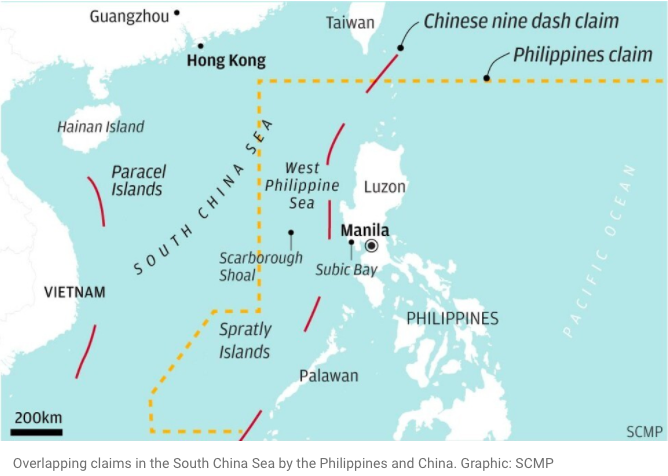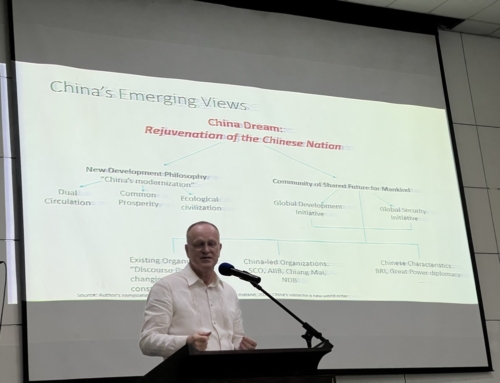Skip to content
Will China revisit South China Sea policy as Washington reaches out to Asean?
US Secretary of State Mike Pompeo’s statement on Washington’s opposition to Beijing’s expansive claims in the South China Sea goes beyond its traditional assertions of navigational and overflight freedoms.
By showing its support for international law, notably a 2016 ruling by an arbitral tribunal convened under the United Nations Convention on the Law of the Sea (UNCLOS), it adds a new dimension in the United States’ efforts to push back against China’s attempts to consolidate its hold over the strategic waterway. Last month, the US also issued a diplomatic note referencing the ruling.
Pompeo’s statement gives full play to a growing range of tools – military, diplomatic and legal – that Washington is putting to bear to oppose what it sees as Chinese attempts to undermine a rules-based maritime order.
Last May, the US signalled its intention to put muscle in its Indo-Pacific strategy by reinvesting in key military capabilities to deter China. Funding for a proposed Pacific Deterrence Initiative will enhance the US defence posture in an area where Beijing has been steadily making inroads in recent years.
However, it remains to be seen how this can be carried out given the constraints and distractions of an election year. As great power competition intensifies in the run-up to a possible leadership change in November, a tougher policy against China is expected.
The South China Sea happens to be just one in a long laundry list of issues where the US and China find themselves on opposite sides. But because rivalry in this critical maritime domain provides the two the opportunity to field in their naval hardware, the risk of a possible mishap is high. Read more…
Repost2020-08-01T15:19:26+00:00
Share This Story, Choose Your Platform!





